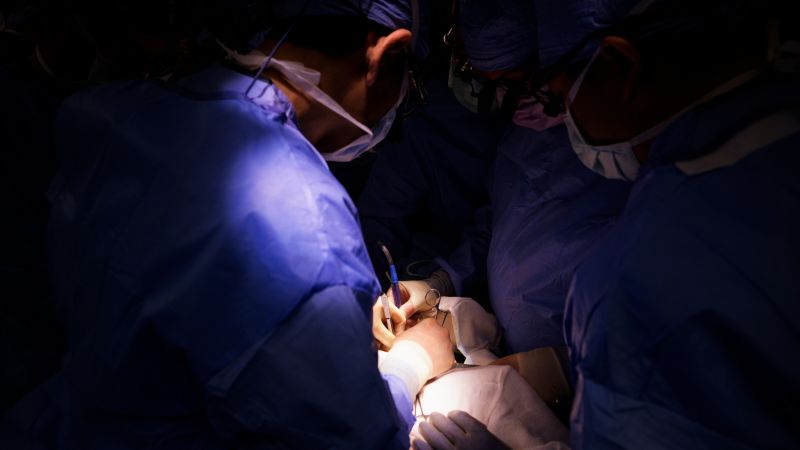The narrative surrounding organ transplants is profoundly rooted in altruism, emphasizing that organs must be given as a gift rather than bought or sold. This principle highlights the humanitarian aspect of organ donation, setting the foundation for advancements in medical science. The historical journey of transplantation is significant, starting back in 1954, when Dr. Joseph Murray achieved the world’s inaugural successful organ transplant at the Peter Bent Brigham Hospital in Boston. The procedure involved identical twin brothers, Ronald and Richard Herrick, where Ronald donated one of his kidneys to save Richard’s life, who was stricken with end-stage kidney disease after serving in the US Coast Guard. This groundbreaking surgery extended Richard’s life by eight years, marking a pivotal moment in medical history. Dr. Murray, in remembrance of Ronald after his passing, noted the impact of his selfless act, which laid the groundwork for future transplants worldwide.
Fast forward to the present, the ethos of altruism from the Herrick brothers’ story continues to influence the burgeoning field of xenotransplantation, the practice of utilizing animal organs for human transplants. Surgeons, genetic engineers, and patients are all expressing hope that genetically engineered pigs could offer a sustainable solution to the alarming organ shortage. Currently, over 100,000 individuals in the United States are on waiting lists for organ transplants, with kidneys being the most sought-after organ. Tragically, an average of 17 people die daily while awaiting an organ match. As Dr. Robert Montgomery, director of the NYU Langone Transplant Institute, articulates, the existing model whereby one must die for another to live is fundamentally flawed and necessitates a shift toward renewable organ sources.
The idea of using pig organs isn’t as far-fetched as it initially appears. Pigs have long been utilized in medicine for heart valve replacements and the derivation of insulin and heparin. Due to their anatomical and physiological similarities to humans, including organ size, pig organs have been considered viable candidates for transplantation. Furthermore, advancements in genetic engineering, such as CRISPR technology, have allowed scientists to modify pig DNA to make these organs more compatible with human recipients… But, like the pioneering spirit exhibited by the Herrick brothers, xenotransplantation will require courageous patients willing to embrace uncertainty.
One notable case is that of Tim Andrews, a 66-year-old whose struggle with end-stage kidney disease led him to undergo experimental procedures after two years on dialysis. Given his low chances of finding a suitable organ match due to his rare blood type – with only a 9% chance of success in the next five years – and the grim reality of possibly dying on dialysis, he saw an opportunity with the first experimental pig kidney transplant. Despite the hesitations tied to the uncertainty of the operation, Tim’s resilience shone through as he expressed his willingness to contribute to science and humanity.
Simultaneously, another remarkable individual, Towana Looney, found herself in a similarly precarious situation. After donating a kidney to her mother, she suffered damage to her remaining kidney and faced a prolonged period on dialysis due to high antibody levels making her a difficult match for donors. Eventually, she received a xenotransplanted kidney, and her life underwent a remarkable transformation. Unfortunately, she later had to have the organ removed due to an infection, but her experience with the pig organ was valuable for research and future patients.
These narratives of courage are reinforced by insights from both Tim and Towana emphasizing the profound impact their circumstances could have on others. The lessons learned from these pioneering experiences are instrumental to the evolving field of xenotransplantation. These cases, alongside contributions from other patients, are building blocks of knowledge that can lead to significant advancements in understanding organ transplant viability.
While the scientific community often receives recognition, it is essential to acknowledge the tremendous courage exhibited by these patients stepping into uncharted territory for the collective benefit of humanity. The foundation of xenotransplantation is not just built on groundbreaking scientific advancements — it’s also grounded in the courageous acts of patients who champion the cause of hope and altruism. Through their sacrifices and willingness to explore the unknown, they embody the spirit of humanity that lies at the core of medical advancement.



